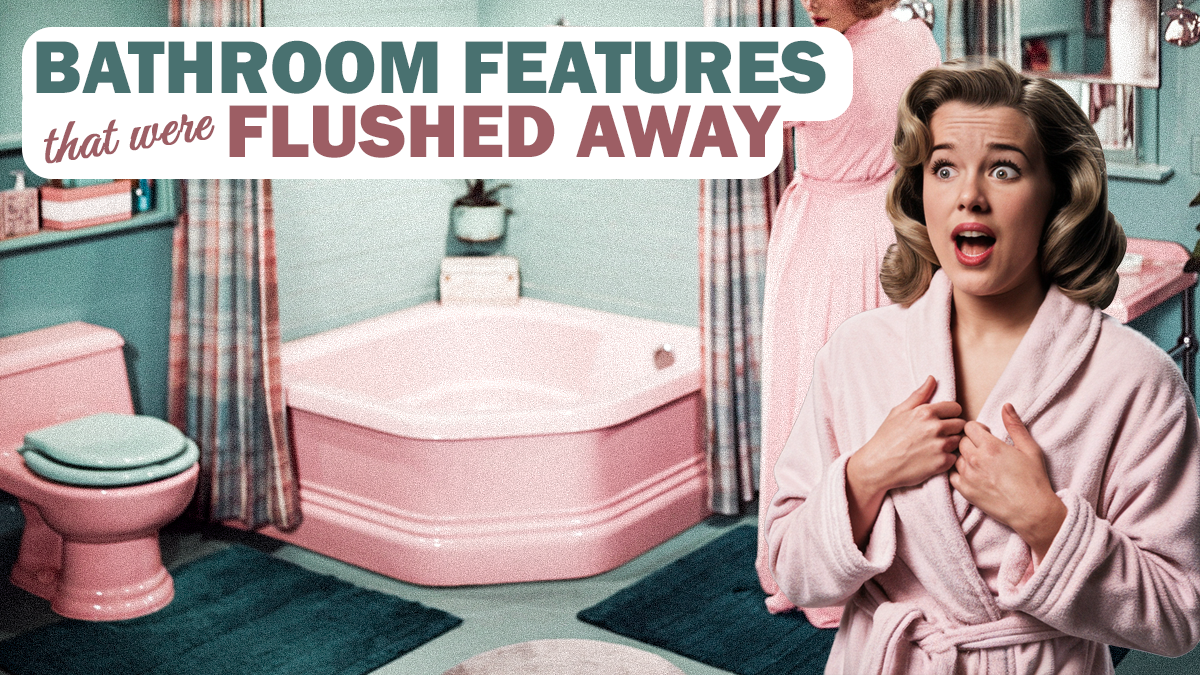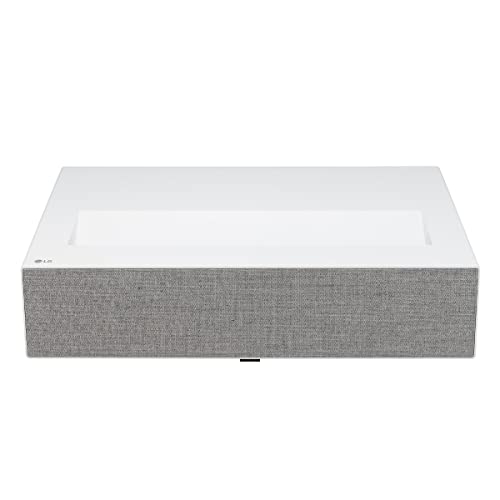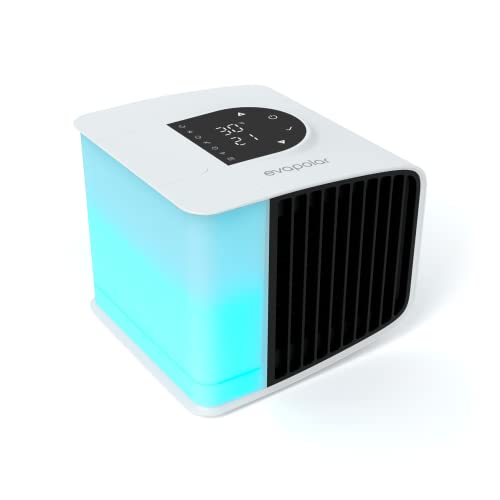Over the years, bathrooms have evolved significantly, and along with that evolution, many vintage features that once gave these spaces character have quietly disappeared. These bygone elements tell a story of a time when design met function in unique ways, and today, we’re taking a closer look at ten of these now-vanished features. Each one reflects a shift in how we view style, convenience, and practicality in home design.
The Innovation Behind Pull-Chain Toilets

Back in the late 1800s, pull-chain toilets were a cutting-edge innovation. These high-mounted cisterns, usually made from durable materials like porcelain or cast iron, held the water needed for flushing. You’d pull a chain to release the water, a simple yet revolutionary design that made bathrooms much more sanitary. This system was one of the first major advancements in toilet design after Alexander Cummings’ flush toilet patent in 1775.
But as bathroom spaces became smaller and design trends shifted, these bulky, high-mounted tanks gave way to the sleek, low-tank designs we see today. While they’re rare now, you can still find them in older homes or as part of vintage-inspired bathroom remodels.
The Timeless Elegance of Clawfoot Tubs

Clawfoot tubs, with their distinctive feet shaped like animal claws, were all the rage in the late 19th century. Made from heavy cast iron and coated in porcelain, they became a symbol of luxury. The deep basin offered a perfect, relaxing soak, making them a coveted feature in larger bathrooms.
However, as homes and bathrooms started shrinking, these tubs became impractical due to their size and weight. In more recent years, lighter acrylic versions have brought clawfoot tubs back into style, allowing homeowners to enjoy their charm without the heavy lifting.
The Intricate Beauty of Penny Floor Tiles

Penny tiles were once a hallmark of early 20th-century bathroom design. Often made from porcelain or ceramic, these tiny tiles could be arranged in detailed mosaic patterns that added character to any space. They were durable, slip-resistant, and practical, peaking in popularity between the 1920s and 30s.
While larger tiles eventually replaced them due to their ease of installation and maintenance, penny tiles are making a comeback for those who appreciate their vintage appeal and handcrafted charm.
Razor Blade Disposal Slots: A Hidden Relic

In the early 1900s, razor blade disposal slots were a clever way to keep used blades out of harm’s way. Built into the wall behind bathroom mirrors or medicine cabinets, these slots allowed homeowners to safely discard metal razor blades without worrying about sharp objects piling up in the trash.
This trend faded by the 1970s as disposable razors became more common. But if you ever tear into the walls of an old bathroom, you might still find a stash of rusty blades hidden away.
The Bright and Bold Era of Colorful Fixtures

Bathrooms weren’t always the neutral-toned havens we see today. In the 1950s and 60s, colorful fixtures—especially in shades like pink or mint green—were all the rage. Homeowners often coordinated their sinks, bathtubs, and toilets in these bold colors, bringing a cheerful vibe to their bathrooms. First Lady Mamie Eisenhower’s famous “Mamie pink” bathroom even inspired a trend in homes across America.
However, by the 1980s, tastes shifted towards more subdued colors like beige and white, leaving those pastel hues in the past. You can still spot these retro bathrooms in older homes or occasionally see a nod to this trend in modern retro designs.
Carpet Flooring: A Short-Lived Trend

The idea of carpeting the bathroom may seem strange today, but in the 1960s and 1970s, it was seen as a cozy, luxurious choice. Homeowners loved stepping onto a soft, warm surface after a bath or shower. Unfortunately, this trend had some serious downsides. Carpets in bathrooms quickly absorbed water, leading to mold and mildew issues. They also trapped dirt and were nearly impossible to keep clean.
By the 80s, most people realized carpet wasn’t practical for a damp environment like a bathroom, and it was swiftly replaced by tile, vinyl, and other easy-to-clean flooring options.
Freestanding Medicine Cabinets: A Thing of the Past

Freestanding medicine cabinets, often made of wood or metal, were common in early 20th-century bathrooms. With mirrored doors that doubled as vanity mirrors, they were convenient places to store toiletries and medical supplies.
As more modern, built-in cabinetry became popular, these standalone cabinets began to fade away. Now, they’re more often found as vintage decor pieces, adding a bit of old-world charm to contemporary bathrooms.
Cast Iron Radiators: Function and Style Combined

Cast iron radiators were once a mainstay in bathroom heating. These heavy, durable fixtures radiated warmth by circulating hot water or steam, keeping bathrooms cozy during cold months. Often painted in colors to match the bathroom’s décor, they became both a functional and aesthetic element.
Today, modern heating systems like underfloor heating have replaced these bulky radiators, but they still hold appeal for homeowners looking to restore a vintage feel in older homes.
Built-In Laundry Chutes: A Handy Feature Gone

Laundry chutes were a clever way to keep dirty clothes out of sight. These small doors, often found in hallways or bathrooms, opened up to a vertical shaft that dropped laundry down to the basement or utility room. This feature was practical for multi-story homes, saving trips up and down the stairs with baskets full of clothes.
As home designs evolved and laundry rooms moved closer to bedrooms, the need for these chutes diminished. Although rare today, they remain a nostalgic feature in older homes and can even serve as a quirky selling point.
Pedestal Sinks: A Classic That Endures

Pedestal sinks, with their elegant and space-saving design, were a fixture in early 20th-century bathrooms. Made from porcelain or ceramic, these sinks featured a basin supported by a slender column, perfect for smaller bathrooms. They were stylish, durable, and easy to clean but offered little in terms of storage space.
Over time, vanities with built-in storage have replaced pedestal sinks in most homes. Yet, much like clawfoot tubs, pedestal sinks are making a comeback, especially in bathrooms designed to capture a vintage feel while still offering a touch of modern elegance.




























